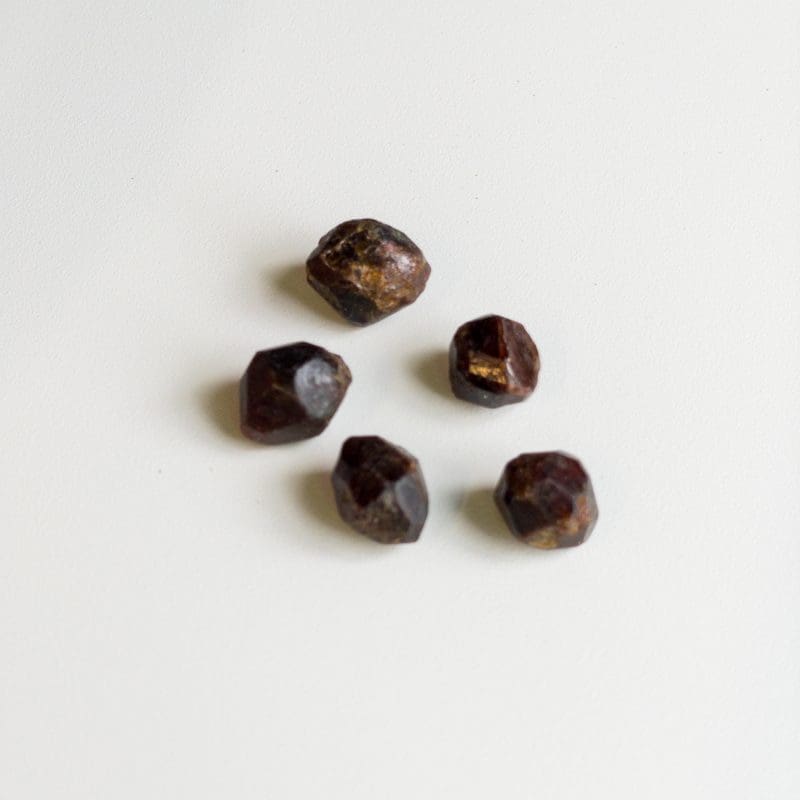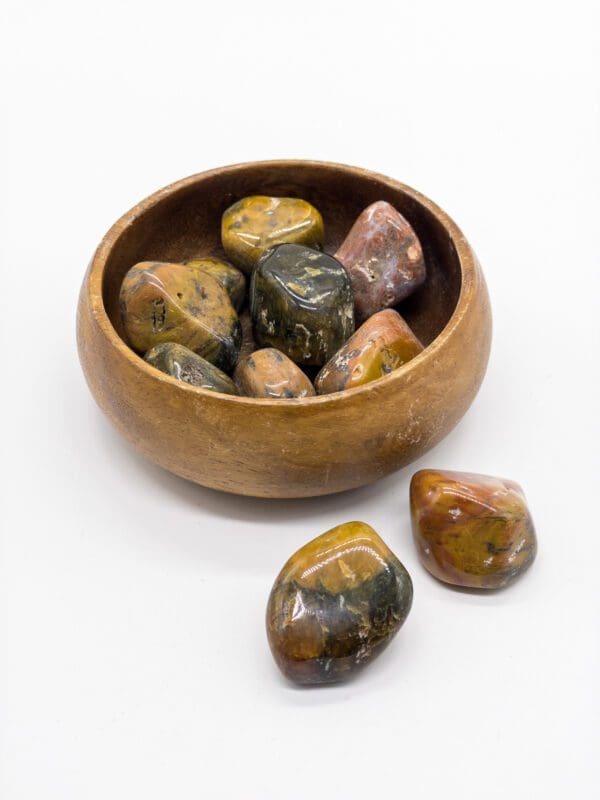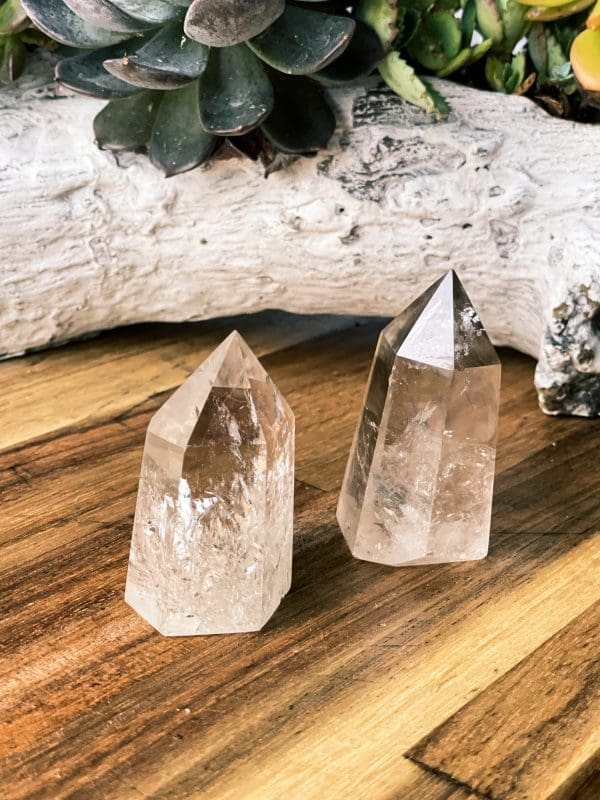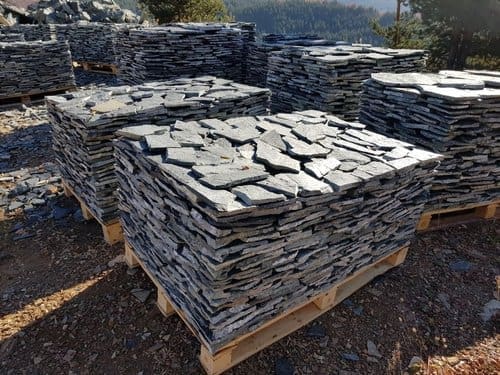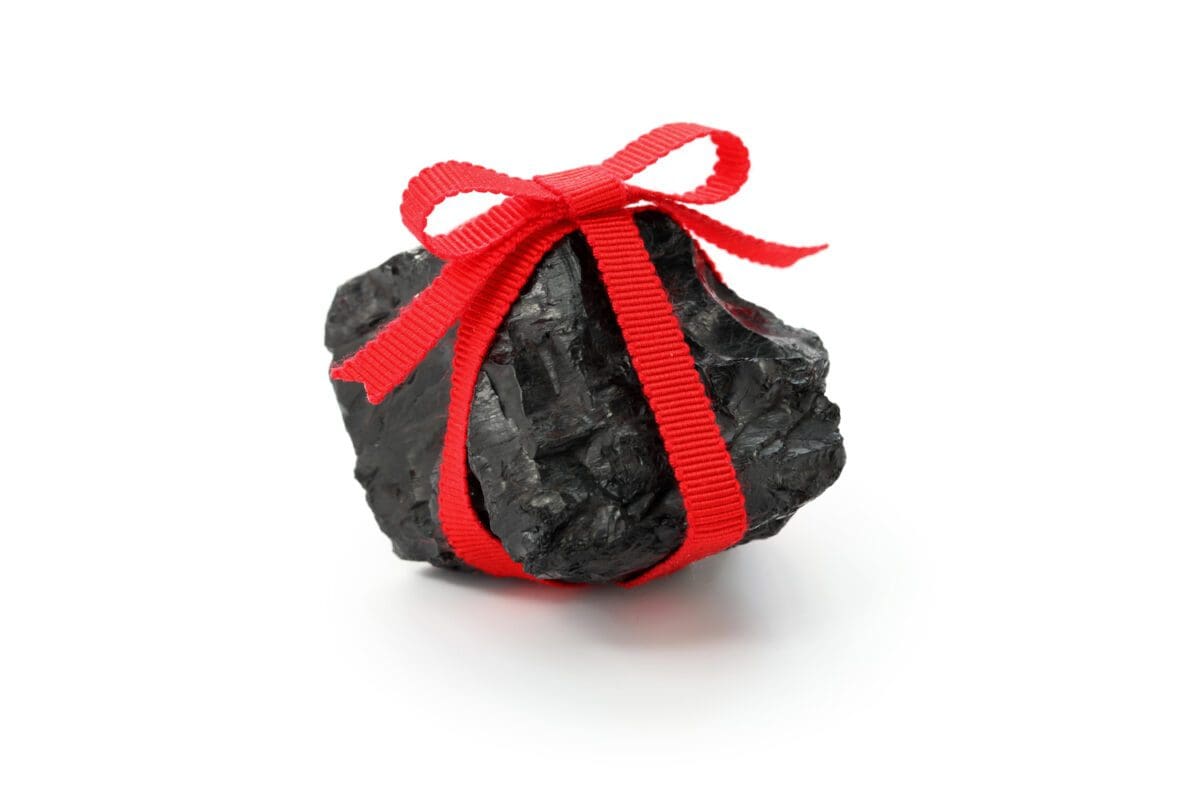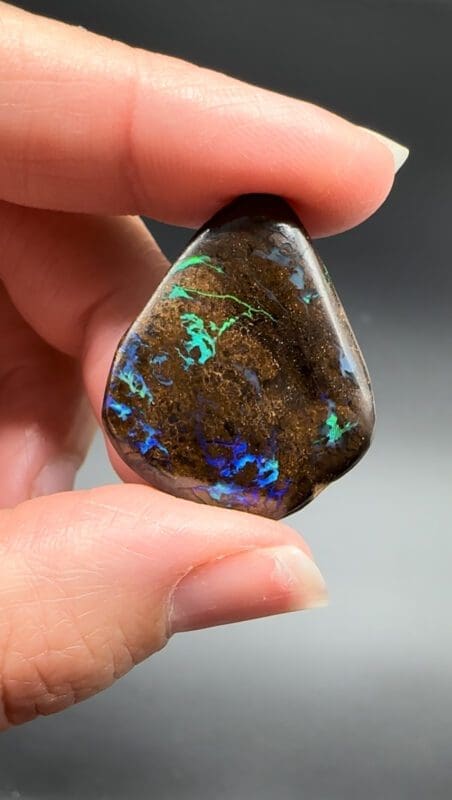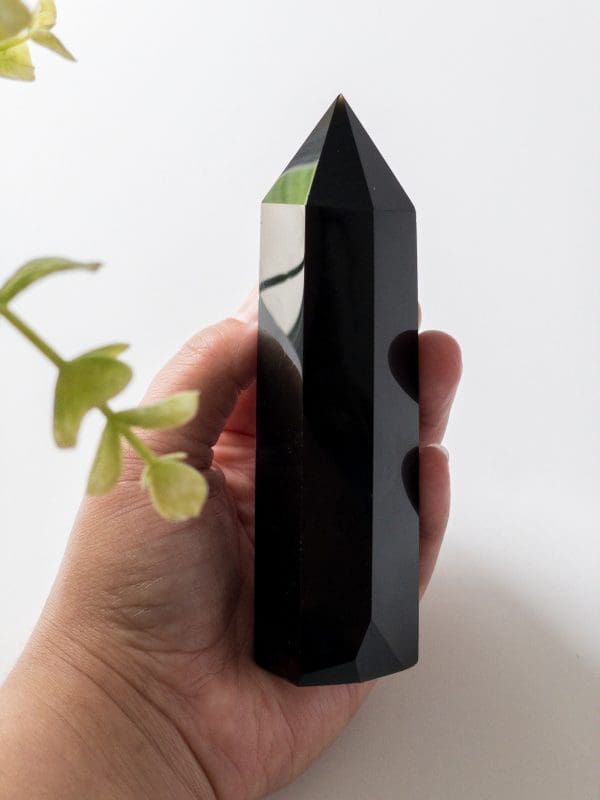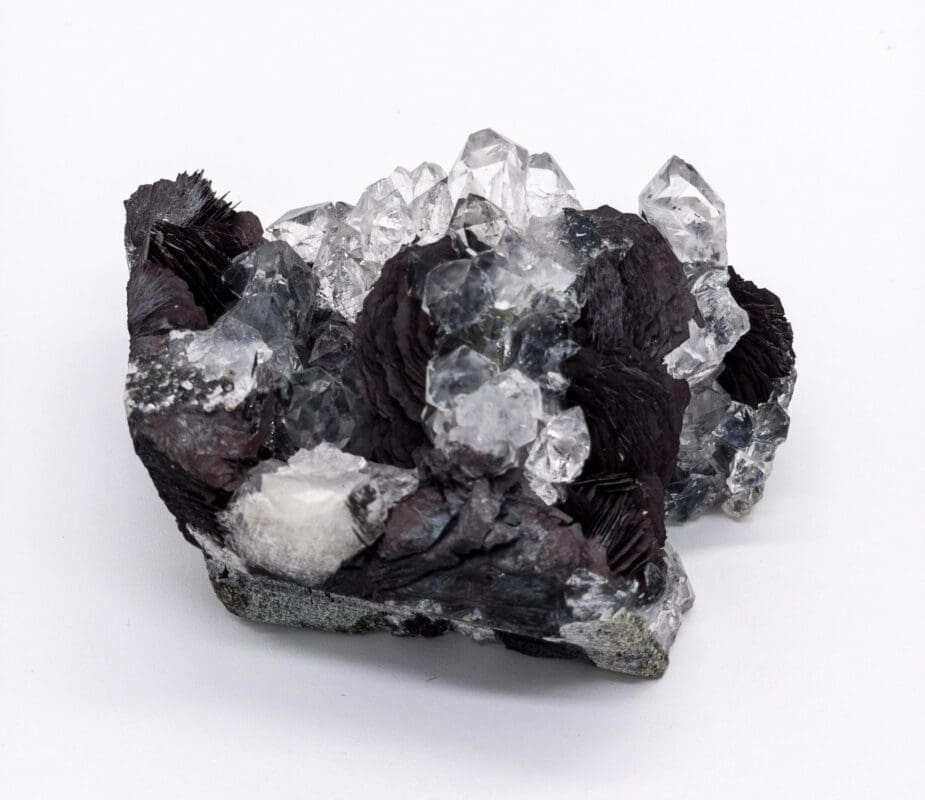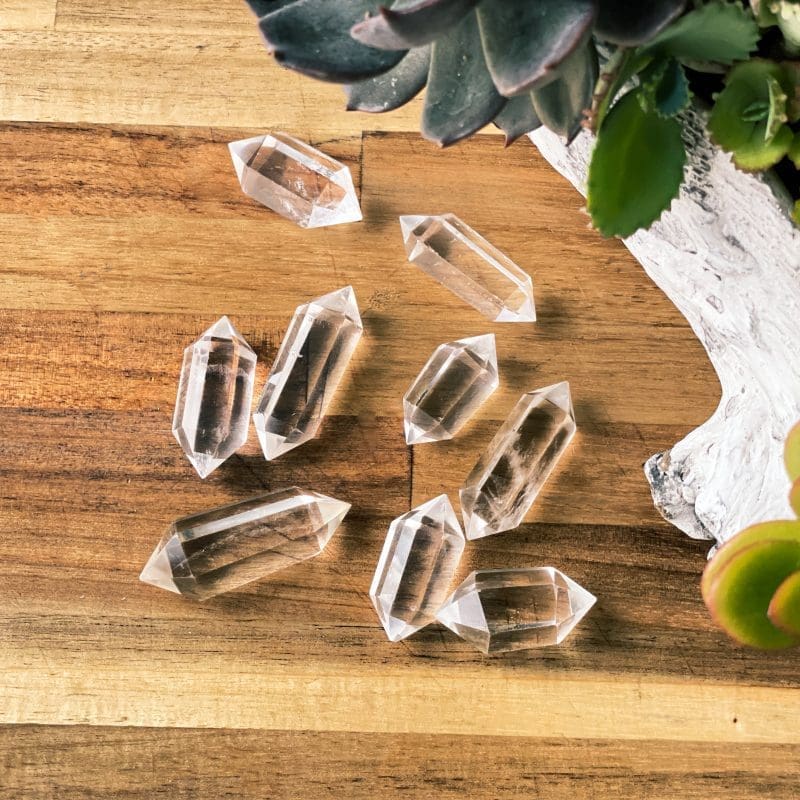Introduction to Quartz
Quartz is the cornerstone of the mineral kingdom, ubiquitously hailed for its widespread presence and diverse manifestations. This mineral, a blend of silicon and oxygen atoms, not only captivates geologists but also enchants jewelry enthusiasts and spiritual seekers worldwide. Grasping the essence of quartz and its myriad forms offers a window into the geological ballet that crafts the Earth’s crust.
Rose Quartz: A Touch of Delicacy
Within the quartz family, Rose Quartz stands out with its tender pink hues, attributed to its copper content. Predominantly found in volcanic settings, this variety is a gemologist’s delight, offering softer textures that cater to intricate jewelry designs. It’s a symbol of love and beauty, often featured in decorative pieces that seek to harness its gentle charm.
Amethyst: The Mystic’s Gem
Amethyst, the quintessential quartz, beams with its purple splendor, resonating with tales of mystique and spiritual wellness. From the lush lands of Brazil to the mystical terrains of Madagascar, amethyst’s presence is global, weaving a tapestry of cultural and spiritual significance. This variety, beyond its aesthetic allure, is a staple in healing practices, embodying tranquility and balance.
Smoky Quartz: The Enigmatic Beauty
With a demeanor that ranges from translucent to opaque, Smoky Quartz encapsulates mystery. Its smoky hue, accentuated by the presence of other minerals, offers a visual feast, while its iron and copper content enrich its allure. Renowned for its grounding properties, this quartz variety is a favorite among jewelry designers and metaphysical practitioners alike.
Citrine Quartz: The Golden Glow
Citrine Quartz, with its radiant yellow sheen, infuses warmth and positivity. This versatile quartz variety is celebrated in various decorative arts, from jewelry to architectural embellishments, symbolizing vitality and abundance. Historically, citrine was revered for its dyeing prowess, contributing to the richness of textiles.
Ametrine: The Dual-Toned Wonder
Ametrine stands as a testament to quartz‘s diversity, showcasing a stunning interplay of colors from different mineral inclusions. Discovered in Germany but embraced worldwide, this variety’s unique coloration and hardness make it an intriguing subject for gemological studies and a prized element in artistic jewelry creations.
Blue Quartz: The Serene Spectrum
Blue Quartz, with its calming blue essence, offers a slice of the sky in a stone. Whether it’s the boron-induced hues or the interplay with other mineral inclusions, blue quartz evokes a sense of tranquility, making it a sought-after choice for those seeking peace and clarity.
Rutilated Quartz: The Starry Network
Characterized by its mesmerizing rutile inclusions, Rutilated Quartz is nature’s own artistry. Used across various industries for its abrasive qualities, this quartz variant is equally prized for its aesthetic appeal, especially in ornamental applications where its unique patterns are celebrated.
Representing the quintessence of clarity and purity, Clear Quartz is the epitome of quartz‘s beauty and versatility. Its unparalleled transparency makes it a favorite for not only jewelry makers but also in technological applications where precision and clarity are paramount.
Conclusion: A World of Quartz
Quartz, in its infinite variety, offers more than just mineralogical interest; it provides a palette for creativity, a beacon for healing, and a testament to nature’s diversity. Its ubiquitous presence and multifaceted nature make quartz a fascinating subject of study and appreciation. As we delve into the world of quartz, we uncover the intricate dance of nature and time, a journey that beckons us to explore, understand, and admire.
FAQ on Quartz
- What is quartz and why is it significant? Quartz is a silicate mineral composed of silicon and oxygen atoms, renowned for being the most abundant and varied stone mined globally. Its significance lies in its diverse applications, ranging from jewelry and decorative items to industrial uses.
- What are the unique properties of Rose Quartz? Rose Quartz is noted for its delicate pink to reddish-brown color, attributed to its copper content. It is commonly found in volcanic rocks and pegmatites and is particularly favored in jewelry making due to its softer consistency.
- Why is Amethyst considered the most popular quartz variety? Amethyst is revered for its rich purple hue and has historical significance tied to its believed mystical powers. It is widely used across various cultures for its purported healing and protective properties, making it a standout among quartz varieties.
- What gives Smoky Quartz its distinctive appearance? Smoky Quartz is characterized by its cloudy or smoky appearance, which arises from its formation in environments rich in other minerals. Its unique coloration and texture make it a favored choice for both jewelry and decorative objects.
- What are the main uses of Citrine Quartz? Citrine Quartz, known for its bright yellow color, is predominantly used as an ornamental stone. Its applications extend from jewelry making to its historical use as a pigment and dye, especially in textiles.
- How does Ametrine differ from other quartz varieties? Ametrine is unique due to its significant content of rutile and/or ilmenite, presenting a captivating color range and higher hardness compared to other quartz types. Its banded coloration makes it especially appealing for gemstone enthusiasts.
- What causes the blue color in Blue Quartz? The blue hue in Blue Quartz can result from inclusions of minerals like fluorite or smoky quartz or the presence of boron. This variety is sought after for its serene color, reminiscent of the sky.
- What is Rutilated Quartz and its common uses? Rutilated Quartz is known for its silver-gray color and bright metallic luster, often containing rutile inclusions. It’s commonly utilized as an abrasive in industrial settings and valued in jewelry for its distinctive appearance.
- Why is Clear Quartz considered highly versatile? Clear Quartz is prized for its clarity and lack of inclusions, making it ideal for a wide range of uses, from jewelry to industrial applications. Its electrical insulating properties and resistance to mechanical damage add to its versatility.
- How can learning about different quartz types benefit a quartz enthusiast or collector? Understanding the various types of quartz enriches a collector’s or enthusiast’s knowledge, allowing for better appreciation and identification. It also aids in making informed decisions regarding quartz acquisition and utilization in various fields.

